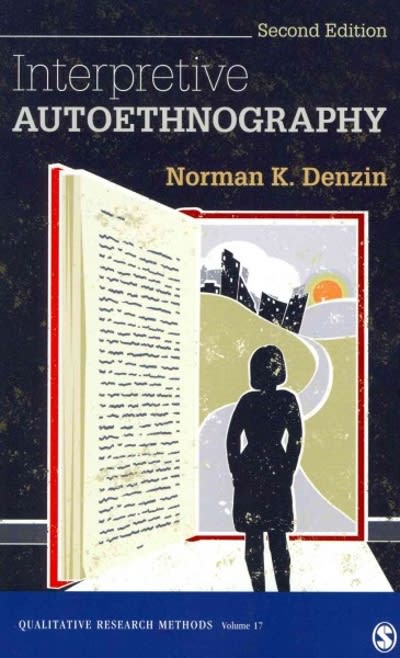Question
Match 1-15 with each phrase 1. Attraction Theory 2. Physical Appearance & Personality 3. Proximity 4. Similarity 5. Social Exchange Theory 6. Rewards - Costs
Match 1-15 with each phrase
1.
Attraction Theory
2.
Physical Appearance & Personality
3.
Proximity
4.
Similarity
5.
Social Exchange Theory
6.
Rewards - Costs = Profits
7.
Equity Theory
8.
Relationship Dialectics Theory
9.
Closedness & Openness
10.
Autonomy & Connectedness
11.
Novelty & Predictability
12.
Rules Theory
13.
Friendship Rules
14.
Romantic Rules
15.
Family Rules
We develop and maintain relationships in which your ratio of rewards to costs is approximately equal to your partner's.
The relationship should remain loyal and faithful to each other, have substantial shared time together, share a mysterious and mutual 'magical' sense of togetherness.
There are times that I just love the one-on-one, exclusive time with my boyfriend but then there are times I just want to be with my group of friends and have many relationships.
The neighbor kid next door or down the street, the co-worker in the same row of cubicles, the class mate nearby tend to fulfill this factor of attractiveness.
What you can talk about, how can you talk about something, and to whom can you talk are three main interpersonal communication issues in this set of rules.
I love my alone time and independence and need time to develop my own interests. I also desire to be married, have a family and be depended upon.
Those who are similar in nationality, race, ability, physical characteristics, intelligence, interests, attitudes contribute to explaining this factor of attractiveness.
Competence, positive interactions, facially 'sensitive & honest' and same cultural features all contribute to this factor of attractiveness.
Things you want or enjoy: love, affection, status, money, gifts, security, social acceptance, companionship, friendship, intimacy - unpleasant, difficult things: working overtime, washing dishes, hurt, lies, fights; result in the decision to stay in the relationship or leave.
The general assumption of this theory is that relationships are held together by adherence to certain rules and when these are broken, the relationship may deteriorate and even dissolve.
This theory is based on an economic model of profits and losses, which claims that you seek to develop relationships that will give you the greatest profits.
This theory tries to answer the question of what are the conflicting motives that people in relationships often experience.
This theory tries to answer the question of what draws one person to another, what makes a person like another person.
Keeping your friends secrets, defending the person in his/her absence, offering help to the friend when in need.
It is so nice to know when I come home from a busy week at work that my significant other will be there to hang out and have our usual Friday night pizza and a movie. However, there are times when I feel we are in a rut and wish we would have the exciting weekends of craziness and flying by our every whim.
Step by Step Solution
There are 3 Steps involved in it
Step: 1

Get Instant Access to Expert-Tailored Solutions
See step-by-step solutions with expert insights and AI powered tools for academic success
Step: 2

Step: 3

Ace Your Homework with AI
Get the answers you need in no time with our AI-driven, step-by-step assistance
Get Started


